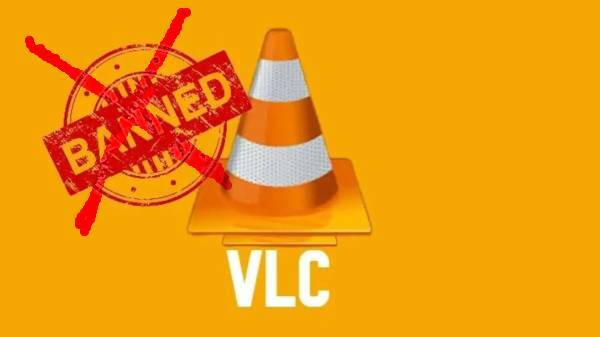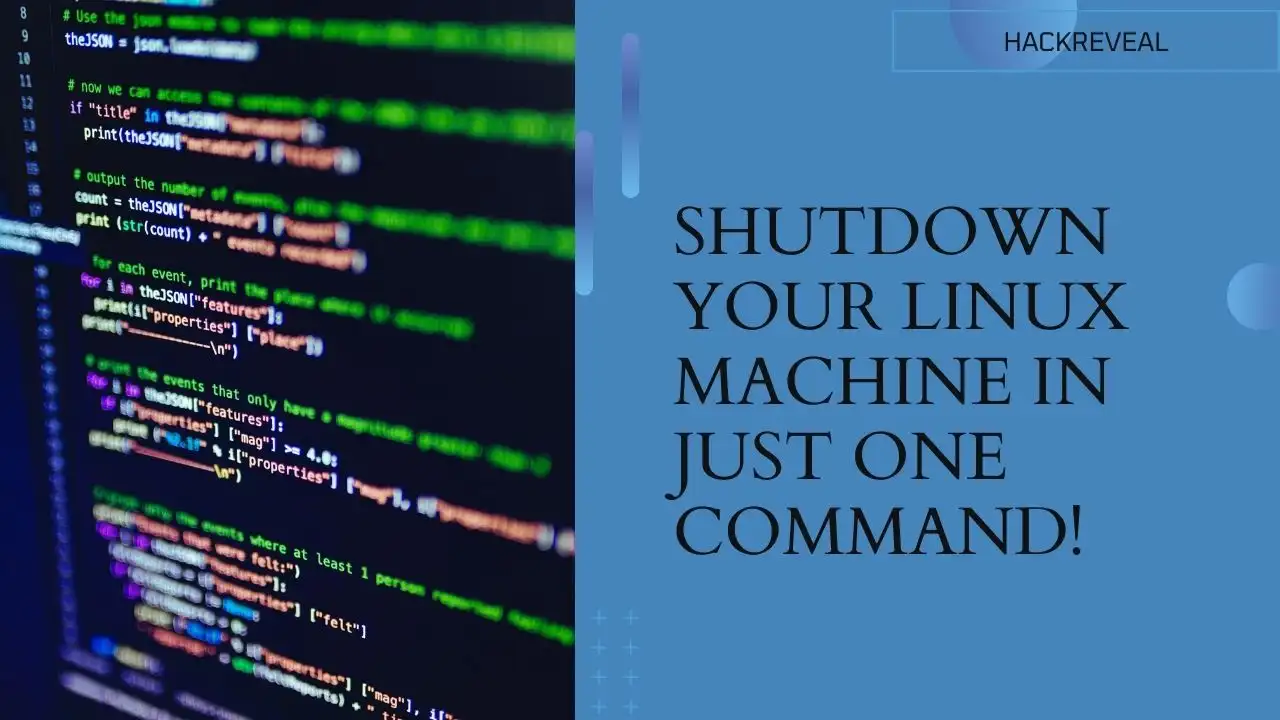Linux is an open-source operating system that has been used by millions of people worldwide. In this article, I’ll teach you some basic Linux commands so you can start using it today!
Basic Linux Commands Command Description hostnamectlGet system information including, operating system, kernel, and release version dateDisplay the current system date and time hostnameDisplay the hostname of the system ifconfigDisplay the IP and Mac Address of the system wDisplay currently logged in users in the system free -mDisplay free and used memory in the system topDisplay all running processes lsList all files and directories in the current working directory ls -alList all files and directories including, hidden files and other information like permissions, size, and owner cdChange the directory to the home directory cd ..Change the directory to one level up cat filenameDisplay the content of the file cat file1 file2 > file3Combine two files named file1 and file2 and store the output in a new file file3 tail filenameDisplay the last 10 lines of a file head filenameDisplay the first 10 lines of a file mv oldfile newfileRename a file rm filenameDelete a file mkdir dirnameCreate a directory rm -rf dirnameRemove a directory historyPrint a history list of all commands clearClear the terminal shutdown -h nowShut down the system rebootRestart the system
Networking Linux Commands Command Description ip addr show Or ifconfigList all IP addresses and network interfaces ip addr add IP-Address dev eth1Add a temporary IP address to interface eth1 netstat -pnltuDisplay all listening port whois domainnameDisplay more information about any domain dig domainnameDisplay DNS information of any domain host domainnamePerform an IP lookup for a domain dig -x IP-AddressPerform a reverse lookup of an IP address dig -x domainamePerform a reverse lookup on domain ping host-ipCheck connectivity between two hosts
File Permission Linux Commands Command Description ls -l filenameCheck the current permission of any file chmod 777 filenameAssign full(read, write, and execute) permission to everyone chmod -R 777 dirnameAssign full permission to the directory and all sub-directories chmod 766 filenameAssign full permission to the owner, and read and write permission to group and others chmod -x filenameRemove the execution permission of any file chown username filenameChange the ownership of a file chown user:group filenameChange the owner and group ownership of a file chown -R user:group dirnameChange the owner and group ownership of the directory and all sub-directories
Linux User and Group Management Commands Command Description wDisplay all login users useradd usernameAdd a new user account userdel -r usernameDelete a user account usermod [option] usernameChange the user account information including, group, home directory, shell, expiration date usermod -aG groupname usernameAdd a user to a specific group groupadd groupnameCreate a new group groupdel groupnameRemove a group lastDisplay information of the last login user idDisplay UID and GID of the current user
Linux Process Management Commands Command Description psDisplay all active processes ps -ef | grep processnameDisplay information of specific process topManage and display all processes in realtime pstreeDisplay processes in the tree-like diagram lsofList all files opened by running processes kill pidKill a specific process using process ID killall processnameKill all processes by name bgDisplay stopped or background jobs pidof processnameGet the PID of any process
Linux Hard Drive and Storage Commands Command Description df or df -hSee the current storage usage of mounted partitions sudo fdisk -lSee information for all attached storage devices duSee disk usage of a directory’s contents treeView the directory structure for a path mount and umountMount and unmount a storage device or ISO file
Linux Disk Management Commands Command Description fdisk -lList all disk partitions fdisk /dev/sdaCreate a new partition on /dev/sda device mkfs.ext4 /dev/sda1Format the partition named /dev/sda1 fsck.ext4 /dev/sda1Check and repair a filesystem for any error mount /dev/sda1 /mntMount any partition to any directory df -hDisplay free space of mounted file system df -iDisplay free inodes on the filesystem du -hsDisplay the size of your current directory lsblkDisplay information about block devices lsusb -tvDisplay all USB devices hdparm -tT /dev/sdaPerform a read speed test on disk /dev/sda badblocks -s /dev/sdaTest for unreadable blocks on disk /dev/sda
Linux Package Management Command Command Description apt-get install packagenameInstall the package on Debian based distributions apt-get remove packagenameRemove a package on Debian based distributions dpkg -l | grep -i installedGet a list of all packages on Debian based distributions dpkg -i packagename.debInstall .deb package apt-get updateUpdate the repository on Debian based distributions apt-get upgrade packagenameUpgrade a specific package on Debian based distributions apt-get autoremoveRemove all unwanted packages on Debian based distributions yum install packagenameInstall the package on RPM-based distributions yum remove packagenameRemove a package on RPM-based distributions yum updateUpdate all system packages to the latest version on RPM-based distributions yum list --installedList all installed packages on RPM-based distributions yum list --availableList all available packages on RPM-based distributions
Linux Compress and Uncompressed Commands Command Description tar -cvf filename.tar filenameCompress a file in the Tar archive tar -xvf filename.tarUncompress a Tar file tar -tvf filename.tarList the content of the Tar file tar -xvf filename.tar file1.txtUntar a single file from Tar file tar -rvf filename.tar file2.txtAdd a file to the Tar file zip filename.zip filenameCompress a single file to a zip zip filename.zip file1.txt file2.txt file3.txtCompress multiple files to a zip zip -u filename.zip file4.txtAdd a file to a zip file zip -d filename.zip file4.txtDelete a file from a zip file unzip -l filename.zipDisplay the content of zip archive file unzip filename.zipUnzip a file unzip filename.zip -d /dirnameUnzip a file to a specific directory
Command Description uname -aOutput detailed information about your kernel version and architecture lsmodFind what modules are currently loaded modinfo module_nameGet information about any particular module modprobe --remove module_nameRemove a module modprobe module_nameLoad a module into the kernel
Environment Variable Commands Command Description printenv or printenv variable_nameList all environment variables on a Linux system, or a specific one whereis and whichFind where a command in PATH is located export MY_SITE="linuxconfig.org"Set a temporary environment variable (just an example, but use the same syntax) echo $VARIABLEDisplay the value of a variable unsetRemove a variable
Command Description lspciSee general information about host bridge, VGA controller, ethernet controller, USB controller, SATA controller, etc. dmidecodeSee some information about BIOS, motherboard, chassis, etc. cat /proc/cpuinfoRetrieve processor type, socket, speed, configured flags, etc. x86info or x86info -aSee information about the CPU cat /proc/meminfoSee detailed information about system RAM lshwList all hardware components and see their configuration details lshw -C memory -shortDetect number of RAM slots used, speed, and size hwinfoList details for all hardware, including their device files and configuration options biosdecodeGet some general information about your system’s BIOS dmidecode -s bios-vendorRetrieve the name of your BIOS vendor with this simple command lsusbGet a list of USB devices plugged into your system ls -la /dev/disk/by-id/usb-*Retrieve a list of USB device files hdparm -I /dev/sdxGet information about your hard drive’s make, model, serial number, firmware version, and configuration hdparm -tT /dev/sdxShow the speed of an installed hard drive – including cached reads and buffered disk reads wodim --devicesLocate CD or DVD device file
Linux Full Course
VIDEO
Related Article’s
The 7 Best Screen Recorders For Linux In 2022
How to Install Brave Browser on Kali Linux
How To Check Kali Linux Version
Advance Linux terminal commands for The Power users
Related 



Needed to compose you a tiny note to finally thank you very much yet again for your personal splendid methods you have discussed above. It isstrangely open-handed with people like you to provide publicly all that a number of people would have marketed as an electronic book to generate some bucks for their own end, primarily now that you could possibly have tried it if you ever wanted. These inspiring ideas likewise acted like a fantastic way to know that the rest have the same dreams really like my personal own to see a whole lot more concerning this problem. I’m sure there are thousands of more enjoyable times in the future for many who check out your blog.black celebrity news